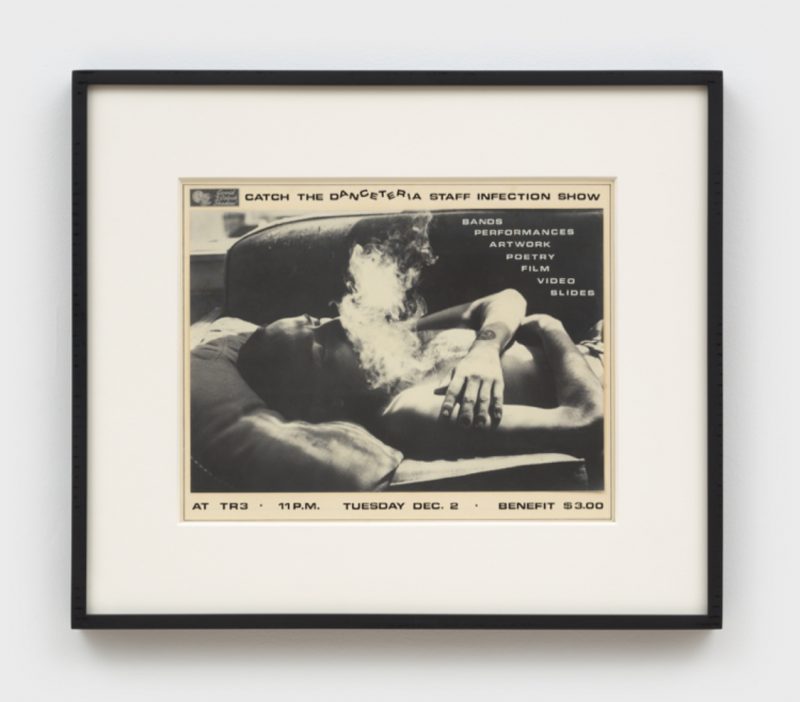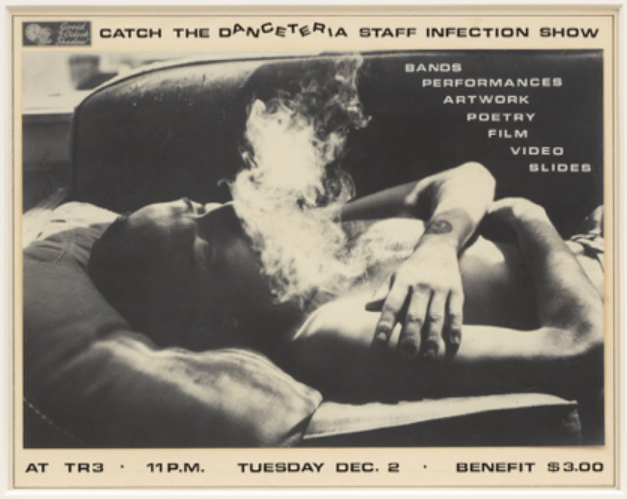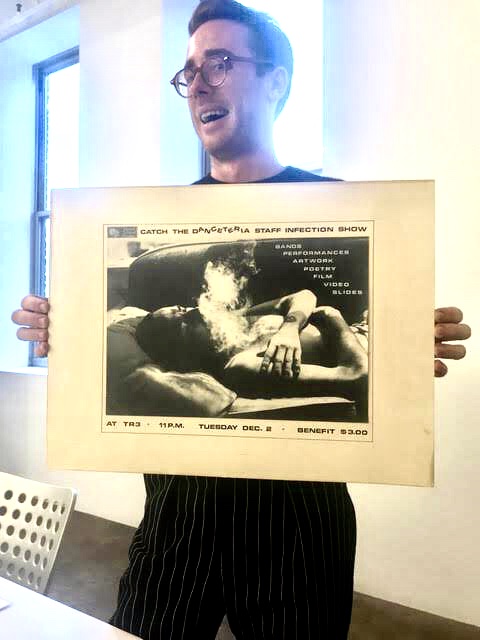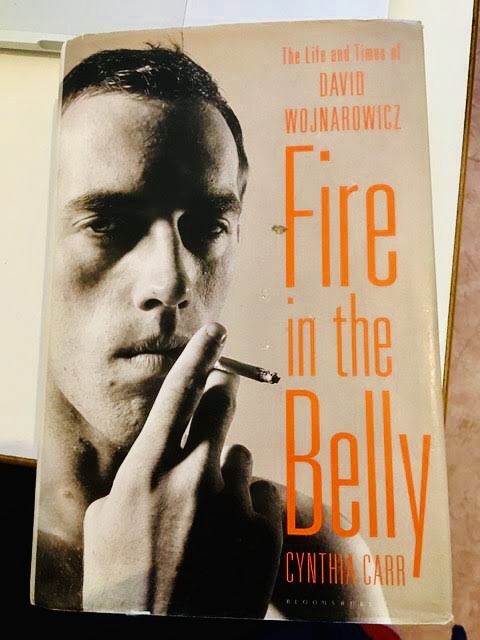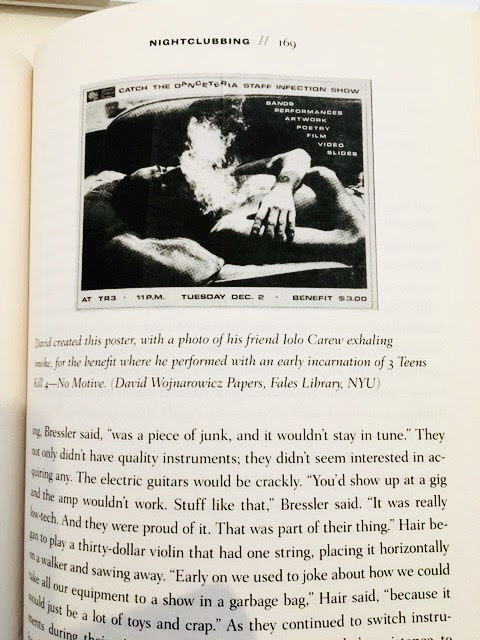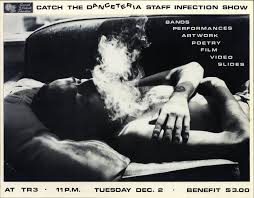SOLD. David Wojnarowicz “Danceteria” Original Collage 1980
David Wojnarowicz
New York
Whitney Museum of American Art
Like dreams, artworks have long been a source of inspiration and an analytical matrix to explore the collective human experience, at both conscious and unconscious levels, through the unique processing of an individual. “History Keeps Me Awake at Night,” the Whitney’s aptly titled David Wojnarowicz retrospective, brought together sculptures, paintings, videos, and audio recordings of the late artist as a way not only to illuminate the specific context that generated his work, but also to tease out why his work resonates so strongly today. Assuming familiarity with Wojnarowicz’s oeuvre, his obsession with his dreams, and his deep involvement with AIDS activism, the title prompts two related questions: First, how does someone dream when they cannot sleep? And second, what are dreams to a person who, like Wojnarowicz, a victim of AIDS, knowingly has no future? These questions feel grossly relevant today when humans have marked their epoch, the Anthropocene, creating a time defined by accelerating existential and environmental crises, and the need for a way out.
While Wojnarowicz is rightfully championed for his activism, his affinity for ecology and his distinctly anthropomorphic, but queered, view of the natural world seem to be under recognized and indeed came as a surprise. The painting Something from Sleep III (For Tom Rauffenbart) (1989), which references a dream, shows a human figure, presumably Wojnarowicz, hunched over a microscope, his silhouette filled in with a starscape. It’s unclear what Wojnarowicz is searching for, whether it’s an origin story or an ending, but what is clear is that his relationship with ecology, and the cosmos, was a respite for his body and mind against a life of antagonism, anger, and loss. This bookending, between life and death, is seen again in a black and white photograph that shows Wojnarowicz’s face buried among stones and pebbles, his eyes and nostrils just barely exposed. There is a simultaneous bliss and stark harshness to this work, a strange comfort in being buried alive that echoes the sentimentality and spirituality of Ana Mendieta’s body impressions.
Nature, however, is not just a romanticized nether-realm for queer wildings. For Wojnarowicz, it is another battleground where cultural supremacy, human folly, and the value of human life are all at odds. In a recording of a reading at the Drawing Center, we hear Wojnarowicz recall an ex-Texas governor saying on national television, “If you want to stop AIDS, shoot the queers.” This outrageous statement was chalked up to a joke, but it reveals a longstanding opinion that queers are not people, but rapturous, sex-crazed animals whose population needs culling. This devaluing of an individual’s life appeared in many of the exhibition’s works, including the screenprint What Is This Little Guy’s Job in the World (1990), which depicts a human hand holding a tiny frog. A rectangular text box at the top right corner of the image is filled with a short musing that ultimately asks: Will the world care if this frog dies, or if all frogs die?Knowing full well that, like the Texas governor, many people see queers as expendable, Wojnarowicz uses this screenprint as a type of self-portrait, asking if the world would care, or be changed, if he dies, or by extension if all queers die. Here we see him tease out a thread of consciousness, poking at an anthropocentrism that plagues our “human nature,” and how that very same collective dislocation from nature is used to justify the dehumanization of others despite the inherent interconnectedness of life on earth.
Maps of the earth are a common motif in Wojnarowicz’s work, and he often uses a map as human skin, further stressing how we are all connected and hinting at the possibility of queerness as a type of collective transcendence. Many of these maps and bodies, however, are on fire. The potent image of the burning boy comes to mind, because I, like many queer people, was that burning boy, and I still am. Since the age of 10, I can remember dreaming of fire: landscapes ablaze and people, so many people, running around and frantically fucking, ecstatic and burning. Maybe these were nightmares, but I call them dreams, because for a moment I can remember that we were all in it together—we were burning together.
